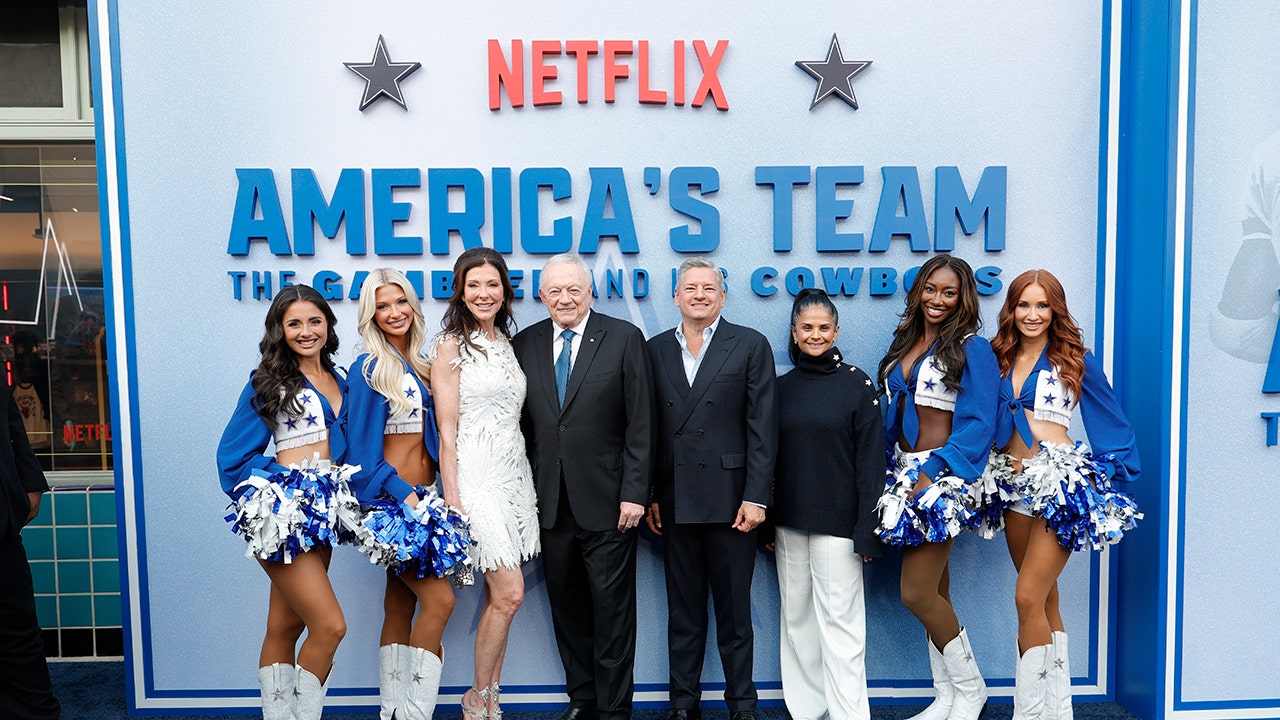A framed menu from the Chanticleer, circa 1987, hangs on my kitchen wall. Jean-Charles Berruet was then chef and co-propriétaire of the restaurant and inn, as charming and rose-trellised as you might imagine, set in the Nantucket village of ’Sconset. I had attributed the impulse to ask for it all those years ago to capturing the swoon of that visit’s fine dining.
Having now consumed Tastes and Traditions, the motivation to preserve it seems downright humanistic.
Nathalie Cooke, a professor at McGill University, has written a dutifully academic treatise. Her introduction alone could defend a Ph.D. The book is printed on coated stock, perhaps to best display its 190 images of historic menus and restaurant scenes, and the text is set in a lightweight sans serif that requires damn good lighting.
Nonetheless, if you’re even moderately interested in experiences around a formalized meal, diving into Cooke’s work is worth your time. “This exploration was driven by four central questions,” she writes. “What is a menu? What does it contain? What does it do? And why does it matter?” She delivers on all counts.
A daunted reader might want to dip in like a dabbling duck. In the “Feasts for the Eyes” chapter, we learn why Henri de Toulouse-Lautrec’s prints and sketches adorned French menus circulating in the late 1890s. The avant-garde artist captured the swellegants as well as bohèmes in bars. Modern printmaking was just underway, which gave his work wide exposure and led to better-paying commissions.
In “Cultural Encounters,” Cooke champions World’s Fair menus as vehicles that whetted the public’s appetite for tastes of foreign lands. Context is where this author can reel in the dabbling reader. She describes the African Pavilion of the 1964 World’s Fair in New York as representing 24 Sub-Saharan nations, with its Tree Houses restaurant fashioned as multilevel structures built into a huge, fabricated banyan tree. Its menu emphasized regional specialties, such as a chilled pawpaw soup of Kenya. The likes of peanut mousse and mango were not so known to American diners at the time, she says, who “were entertained along the way by Suzy, a live giraffe who liked to beg for treats.”
Chicken tenders/fingers/nuggets are de rigueur for kids’ fare today; families traveling via the New Haven Railroad in 1938 chose from a children’s menu that included “braised lamb chop, mashed potato, fresh vegetable, bread and butter,” and more (79 cents!). To attract health-conscious adult patrons, American restaurant menus of the ’40s, ’50s, and even ’60s touted cigarettes and tobacco use. “Tastes” offers a four-color, back-of-the-menu ad promoting Coca-Cola in 1897 as “The Ideal Brain Tonic” at a time when it contained actual extract of coca leaf.
Cooke also gives flexitarians and vegetarians their due, tracing back to the Knights Templar, the French Roman Catholic military order founded in 1118. Their relative longevity—past age 60—is credited to a vegetable-centered diet and exercise. A vegetarian bill of fare from the Alpha restaurant in 1889 in London featured lentil cutlets while a Ratner’s menu in New York offered plant-based meats (aka Nutose and Protose steaks) in 1953. Fun fact: Protose was first manufactured in 1899, right up until 2000. Another: By the 1930s, the Big Apple had a chain of 13 vegetarian-friendly, “dairy” restaurants.
Forgive me. Here’s one more, thanks to Cooke’s research: Remember the pea guacamole recipe that outraged New York Times readers in 2015? A totally non-avocado “Poiscamole” (pois = peas) appeared on the menu of the Good Earth restaurant in Montreal way back in 1970.
Perusing a Canadian menu from two years after World War II rationing offers a trio of revelations: an ongoing sensitivity for restraint with its “Meatless Day” noted; a commitment to nutrition in its mention of B vitamins in the breads; and the inclusion of mulligatawny soup and “Chow Chow,” nodding to the influx of workers from India and the Far East.
Some early 20th-century travelers used to receive menus printed as postcards, which seems like a practice worth reviving. Pan American World Airways did so as a marketing tool; in-flight passengers who filled in their addresses would later receive them in the mail. On the 1950 Flying Clipper bound for Buenos Aires, they were served: hot and cold canapés, filet mignon with pommes Parisiennes or lobster with an asparagus vinaigrette, Waldorf salad, strawberry gâteau or pineapple tart, Sanka coffee, and a glass of Heidsieck champagne.
Go ahead and sigh the next time you peel back the plastic film on your international in-flight entrée.
Informed by Cooke’s book, I find that my Chanticleer menu has a story to tell beyond reminiscence. It’s open, like a giant card, and its size conveys a generosity of spirit. On the left, a reproduction of an abstract silkscreen titled “Le Coq,” by Nantucket artist Andrew Shunney (1916-1978), who I imagine must have dined there. On the right, its text appears to be set in the calligraphy-inspired Zapf Chancery, which Google says has an interesting history of its own.
The chef’s “extremely light” lobster soufflé lived up to its description. The American lamb was roasted inside an egg white, mustard, and green peppercorn crust, and the Marquise au chocolat sauce was described as “exuberant” ($35, $23, and $12, respectively). I am transported.
Tastes and Traditions: A Journey Through Menu History
by Nathalie Cooke
Reaktion Books, 192 pp., $45
Bonnie S. Benwick, formerly of the Washington Post Food section, is a freelance editor and recipe tester. You can find her Instagram and Threads: @bbenwick.
Read the full article here








